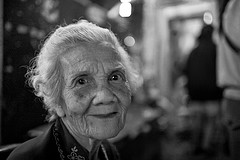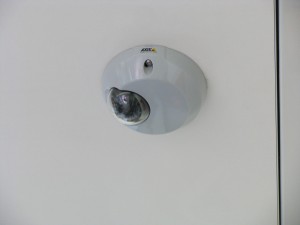 Is the quality of life improving for Southern California residents in assisted-living facilities? And if so, how much attention do we need to pay to the risks of nursing home abuse and neglect in these communities if a majority of seniors say they are content? According to a recent article in McKnight’s Senior Living, “residents of assisted living communities in California are very satisfied with their living situations” on the whole. While this is good news for many elder justice advocates in the state, we should not let it obscure the fact that there remain a number of seniors who are not satisfied with their living situations and who become victims of elder abuse.
Is the quality of life improving for Southern California residents in assisted-living facilities? And if so, how much attention do we need to pay to the risks of nursing home abuse and neglect in these communities if a majority of seniors say they are content? According to a recent article in McKnight’s Senior Living, “residents of assisted living communities in California are very satisfied with their living situations” on the whole. While this is good news for many elder justice advocates in the state, we should not let it obscure the fact that there remain a number of seniors who are not satisfied with their living situations and who become victims of elder abuse.
Although the recent article presents promising data on elderly assisted living in the state, we still need to consider the risks to California seniors who do not fall into this depicted majority.
Many Seniors in California are Indeed Happy, Survey Says
 Southern California Nursing Home Abuse Lawyer Blog
Southern California Nursing Home Abuse Lawyer Blog
















